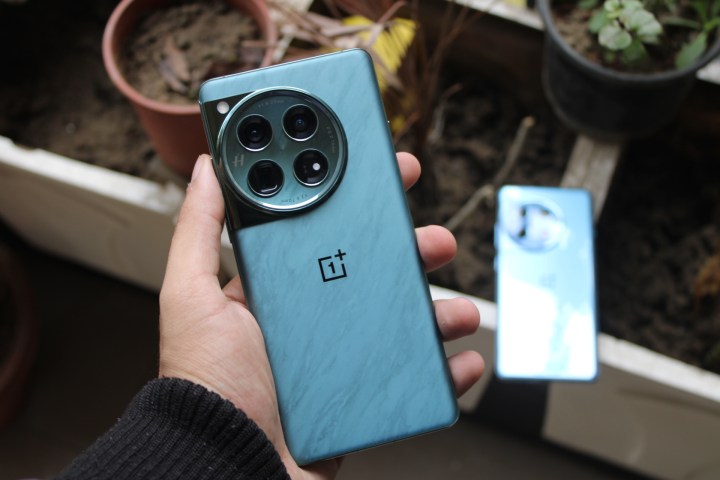
OnePlus has made a significant name for itself in recent years with some of the best Android phones out there. Its most recent endeavor, the OnePlus 12, is a fantastic flagship for anyone who wants something that’s not just another Samsung Galaxy or Apple iPhone.
But if you have some patience, next year’s OnePlus 13 may bring some big changes that could be worth waiting for. Here’s why you should maybe hold off on the OnePlus 12 and wait for the OnePlus 13 instead.
A completely new design
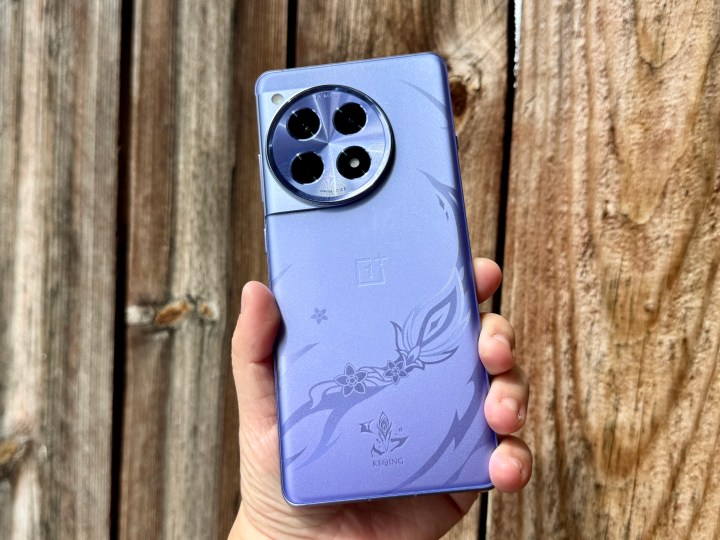
Like Samsung, Google, and Apple, OnePlus has been sticking with a certain design aesthetic for its past few smartphone releases.
Take a look at the OnePlus 10, 10T, 10R, 11, 11R, 12, and 12R — all of these models look very similar to each other. You have a large, off-center camera module that is aligned left. with metal to make it appear connected to the device frame. Up until the OnePlus 11, it was a square camera module. OnePlus then switched to a circular bump, but it’s still in the same position.
This same aesthetic has been in place for three years now. It’s time for a change, and that’s what we may see with the OnePlus 13. A Weibo post claims that the OnePlus 13 is confirmed to have a new design that removes the “family hinge.” Since this isn’t a foldable phone, the “family hinge” is likely referring to the camera module and how it’s connected to the frame.
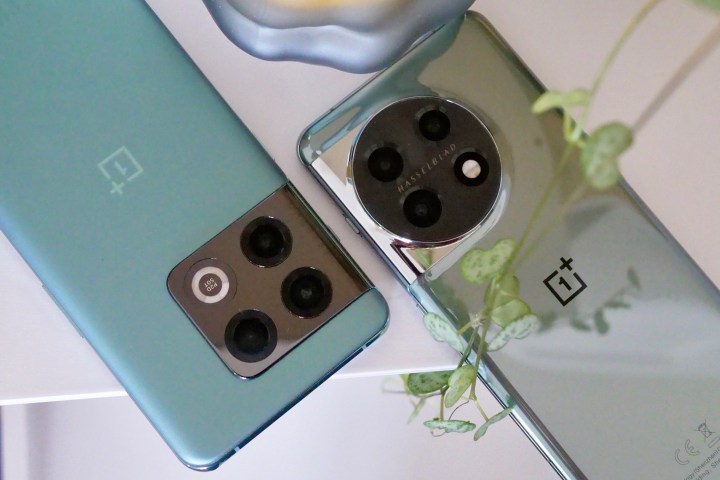
There are no indications of what the design change would entail, but I’d imagine since the “hinge” is going away, the position of the camera will change. Perhaps it will be in more of a centered position as it won’t be connected to the frame. I doubt that OnePlus would make the camera module smaller, as one of its signature features revolves around its Hasselblad partnership. Any chance OnePlus can get to emphasize its camera chops, it’s going to take it.
Of course, we won’t find out what the OnePlus 13 will look like anytime soon — either at the end of this year or in early 2025. But if you aren’t a huge fan of how the OnePlus 12 looks, then it could be worth waiting to see what changes.
Qualcomm’s Snapdragon 8 Gen 4
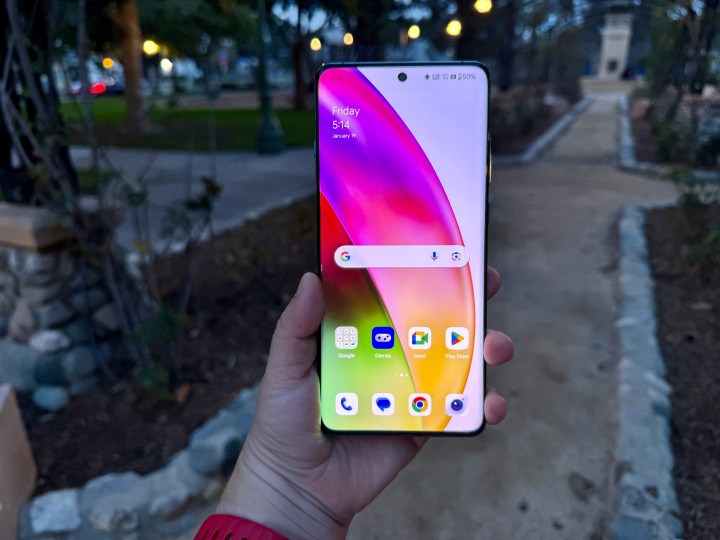
The OnePlus 12 currently uses Qualcomm’s Snapdragon 8 Gen 3 chip. It’s largely expected that the OnePlus 13 will use the next iteration of Qualcomm’s flagship chipset — the forthcoming Snapdragon 8 Gen 4.
Qualcomm has already confirmed that Snapdragon 8 Gen 4 will launch in October. This is the chip that will power most Android flagships in 2025, and that should include the OnePlus 13. There aren’t a lot of details about the chip’s capabilities, but some leaks suggest that Snapdragon 8 Gen 4 may even outperform Apple’s A18, which we expect in the iPhone 16 Pro.
Currently, the Snapdragon 8 Gen 3 has performed extremely well in our OnePlus 12 and Samsung Galaxy S24 devices. If the Snapdragon 8 Gen 4 can provide even faster performance and even better power efficiency, that’s an exciting proposition worth waiting for.
Ultrasonic fingerprint sensor
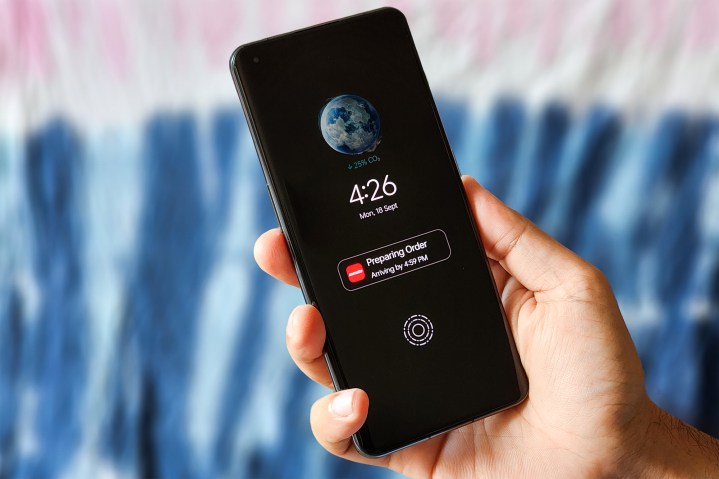
A feature commonly found on Android phones is and under-display fingerprint sensor. It gives you a secure way to unlock your phone and apps, all while hiding the tech underneath the display.
OnePlus is no stranger to under-display fingerprint sensors. For the past several years, it has continued to use optical under-display fingerprint sensors, which have mostly proven to be fast and reliable. However, one issue with the optical sensors is that they shine a bright light when scanning your finger, which can be annoying to use in dark environments.
Rumor has it that the OnePlus 13 will be switching to ultrasonic technology for the under-display fingerprint sensor. Rather than using a bright light to scan, an ultrasonic sensor sends out pulses of ultrasonic sound waves and captures your fingerprint using the reflected echoes of those emitted sound waves.
Ultrasonic fingerprint sensors are not new; they’ve been around for a few years now. The most recent smartphones to adopt the ultrasonic sensor make up Samsung’s S24 family. Samsung claims that with ultrasonic technology, fingerprint scanning is 77% larger and 50% faster than the previous generation.
It will be exciting to see an ultrasonic fingerprint sensor make its way to the OnePlus 13. It has the potential to be even faster than the current optical sensor, possibly more secure, and easier on your eyes. That’s a win-win-win if you ask me.
A more advanced telephoto camera
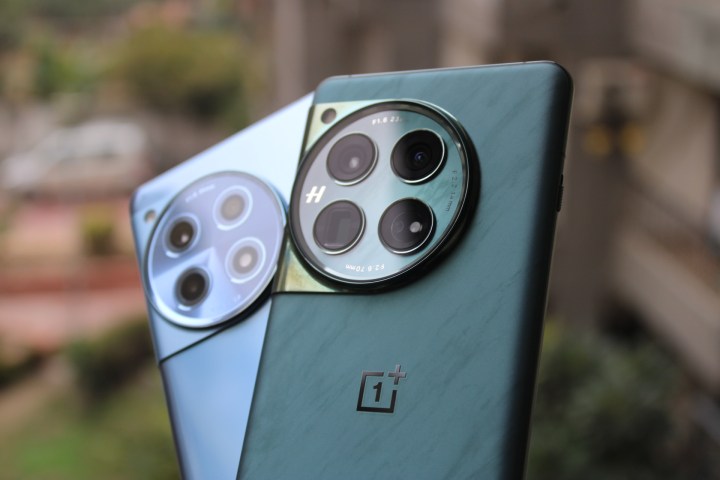
OnePlus made some nice improvements to the camera system on the OnePlus 12 when compared to its predecessor, the OnePlus 11.
The OnePlus 12 is equipped with an impressive 50-megapixel main camera, a 64MP periscope telephoto camera with 3x optical zoom, a 48MP ultrawide camera, and a 32MP selfie camera. OnePlus has kept the Hasselblad partnership as well, making it a great overall phone for photographers.
Despite the impressive resolution for the telephoto lens, it’s a little disappointing that it only reaches 3x optical zoom. For example, the Samsung Galaxy S24 Ultra has a quad-camera system with a 10MP telephoto and a 50MP periscope telephoto lens that are capable of 3x and 5x optical zoom, respectively. The Honor Magic 6 Pro is also doing interesting things in the telephoto space, offering a 180MP periscope telephoto sensor with 2.5x optical zoom and 100x digital zoom.
OnePlus has a lot of room left to grow in the camera space. With a new design (and likely a new camera module) possibly in the works, let’s hope that also translates to a stronger telephoto camera on the OnePlus 13.
Stronger IP rating

The OnePlus 12 has an IP65 rating to keep it protected against dust and water. This score means that the enclosure is dust-resistant and the body of the phone can withstand splashes of water without being damaged. It’s a good level of protection, but it’s also not the best you can get.
There are plenty of other smartphones on the market with an even higher rating. For example, the iPhone 15, Google Pixel 8, and Samsung Galaxy S24 all have an IP68 rating, which means a higher resistance to liquids. Specifically, they can be submerged in freshwater up to six meters for up to 30 minutes.
Again, with an inevitable design change coming with the OnePlus 13, that hopefully means a higher IP rating for better dust and water resistance. There’s no reason OnePlus shouldn’t be offering IP68 at this day and age, and the OnePlus 13 could be the phone to fix this.
Longer software updates
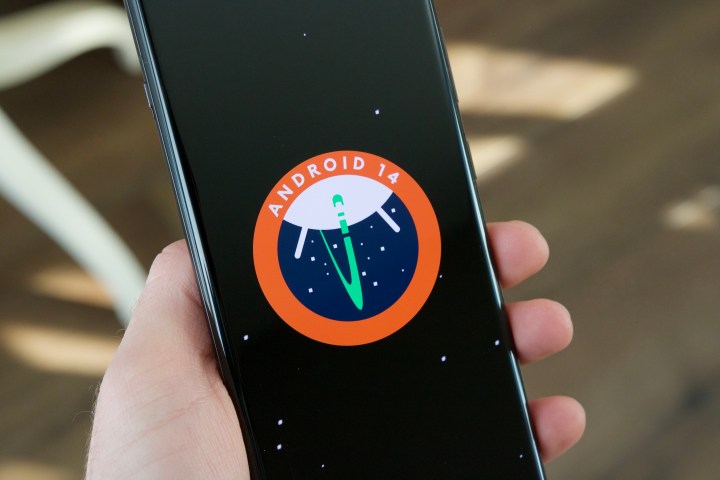
At the moment, OnePlus promises up to four years of major Android OS updates and five years of security patches.
While that’s pretty decent, Google and Samsung have upped the ante with a seven-year promise for OS updates. Apple has never guaranteed a set amount of years with its iOS updates, but on average, an iPhone gets around five years or more.
Given all that, it’s possible that OnePlus could support its future flagships to match its competitors. And what better point to start a seven-year upgrade road map than with the OnePlus 13?
Time to play the waiting game

The OnePlus 12 originally debuted in China on December 5, 2023, before launching globally in January of this year. Unless something drastic happens, we can expect a similar timeline for the OnePlus 13.
If any of the aforementioned features are things you really care about, waiting for the OnePlus 13 may be the move. But if you need a new phone now — and/or you don’t care about the upgrades mentioned above — the OnePlus 12 remains one of the best smartphones you can buy today.



